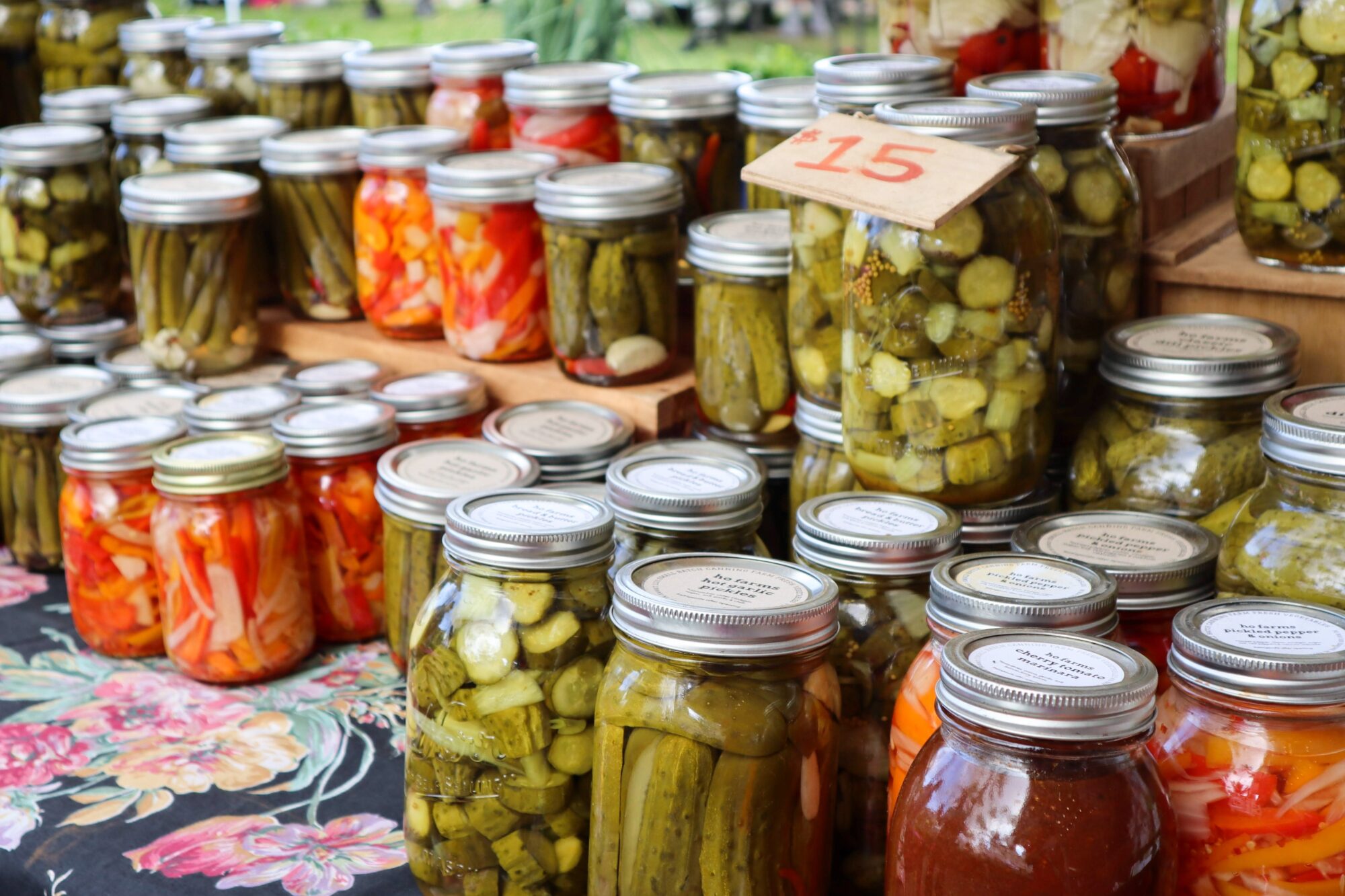One of the most persistent concepts surrounding fermented foods is that somehow they are related to mold. This was certainly what I was taught in 2000 when I was attending The Canadian School of Natural Nutrition. And it proves the old expression “a little knowledge is a dangerous thing” Nothing could be further from the truth
As people continue to joke that fermented foods are “rotting foods”, it is clear that some science education may help clarify the matter.
But first let’s discuss what Candidiasis is for those who do not know. We have naturally occurring yeast in our intestinal system along with beneficial bacteria (good) and pathogenic bacteria (bad). They all live as one big happy family as long as the good bacteria is in charge. Most of the yeast strains are harmless and some are even beneficial. One of them, though, candida albicans, is particularly nasty and worse, it is adaptable.
When the balance with good bacteria is disrupted, especially by antibiotics, the yeast has an opportunity to grow. Candida albicans are tricky because they can feed certain strains of bad bacteria, which they like to do after a course of antibiotics, to give the bad guys a helping hand to regain their numbers. But they do not help the very beneficial lactobacillus family of good bacteria. Why? Because the lactobacillus family can inhibit them and are a key factor at keeping the candida numbers low.
The other insidious thing about candidia albican is that it can morph, like a shape shifter, into a fungal form and this is when it causes us a lot of symptoms both in the intestines and throughout the body.
This is the subject of a lot of current research. Many MDs will tell you candidiasiss does not exist yet this fungal form is known to be prevalent several conditions such as yeast infections, sepsis and recently it was found in the lungs of cystic fibrosis patients.
Food sensitivities, headaches, joint pain, brain fog, immune and fungal problems are just a few of the possible issues that are not recognized as connected but do go away when the candida albicans are brought down to normal levels.
This brings us back to fermented foods. Because people assume that fermented foods have something to do with mold or fungus, people are told to not consume them on a Candidiasis protocol. The truth is many fermented foods are extremely beneficial for helping the body get rid of excess yeast and more importantly, mold and fungus are not part of the picture.
The beneficial bacteria found in fermented foods are anaerobic, meaning they live without oxygen. Bad bacteria, mold and yeast need oxygen to thrive. Most fermented food techniques seal out the oxygen allowing carbon dioxide to be produced by a specific strain of good bacteria. This creates a vacuum inside the container while the good bacteria strains develop over time. Bad bacteria, yeast and mold cannot grow in a vacuum. Hence, no mold or unwanted bacteria present.
Some might mention kefir, kombucha and sourdough as examples of yeast and good bacteria thriving synergistically together. Surely, these foods must not be good for those with Candidiasis. The truth is the yeast strains in these foods are unique to them and are not the yeast strains present in us. They certainly are not candida albicans – these do not exist in foods. More importantly, these yeast strains can help feed the good bacteria that is native to us, which is out of balance and this imbalance is the cause of the Candidiasis in the first place. So foods that may help the balance be restored are essential.
Milk Kefir, in particular, is helpful at inhibiting candida albicans. One study found that the kefir added to a sugar broth – that is right, I said sugar broth inhibited bad microbes. Candida albicans were added along with several strains of bad bacteria such as salmonella and e. coli and the kefir inhibited all of them.
Studies of kombucha and sourdough show that they do not aid the growth of Candida, but they also do not inhibit the way kefir does.
Sauerkraut is another fermented food that research has found to inhibit candida alibicans. There may be more but the research needs to be done. What is known is that they are all antimicrobial to some degree and are not connected to mold. More importantly, they can help support the health of the gut plus they all have major benefits for other aspects of our health.
This is not to say that fermented foods are a simple solution for Candidiasis. The truth is that without ingesting antimicrobials and antifungals such as oil of oregano or caprylic acid (found in coconut oil), it will be difficult to get the good bacteria back into the power position. It also takes time for the body to heal and restore the balance of the good bacteria
There are individuals who intestines are so messed up, that they react to many foods, including fermented ones. These individuals need to start with probiotics and antimicrobials supplements to give the intestines a jump start to better digestion.
There is only one way to know. Try the fermented foods and see how they make you feel. Eventually, as you know more about these amazing foods, not only will you want them in your diet consistently, you may even want to learn the simple techniques to make you own so they taste just how you like them. Just be assured, you are not ingesting mold or bad bacteria.
Insert a call to action. It could be a link to another article or a recipe or encourage readers to leave a comment
References
Antimicrobial activity of broth fermented with kefir grains., Silva KR1, Appl Biochem Biotechnol. 2009 Feb;152(2):316-25
Current trends in Candida albicans research. Datta A1, Ganesan K, Natarajan K., Adv Microb Physiol. 1989;30:53-88.
Fermented Sauerkraut Juice as an antomicrobil agent + invitro studyPundir Ram Kumar et al, Int. Res, J. Pharm 203, 4(12)
Candida albicans and Bacterial Microbiota Interactions in the Cecum during Recolonization following Broad-Spectrum Antibiotic Therapy Katie L. Mason et al, Infect Immun. 2012 Oct; 80(10): 3371–3380.

